Fuel efficiency has always been a major concern for car buyers, especially in a world increasingly conscious of rising fuel costs, environmental impact, and overall vehicle economy. While we tend to judge a car’s fuel efficiency based on its EPA rating or published MPG figures, the reality is far more dynamic.
What many people don’t realize is that a car’s real-world fuel economy doesn’t remain static after it leaves the showroom. In fact, some vehicles get better with age—improving as the engine breaks in, the software adapts, and the driver learns the nuances of the car. Others, unfortunately, suffer the opposite fate: they gradually decline, plagued by mechanical wear, poor maintenance habits, or technology that simply doesn’t age well.
This article explores both sides of that MPG story. On one hand, we highlight five cars that are known for improving their fuel efficiency over time—vehicles that reward patient owners with better long-term performance than what the factory numbers suggest. These aren’t just hybrid marvels, either; we include models that leverage mechanical refinement, software learning, and efficient design to stretch every gallon of fuel further the longer they’re driven.
On the other hand, we also examine five models that tend to lose their edge—cars that start out promising but falter as the miles climb, often due to high-maintenance powertrains, aging transmissions, or problematic components that degrade without immediate warning.
So why do some cars get better while others get worse? The answer lies in a complex web of factors: engine break-in periods, hybrid system learning curves, driving behavior, weight-to-power ratios, and manufacturer support for software updates and long-term maintenance.
For example, hybrid systems in vehicles like the Toyota Prius or Hyundai Ioniq are designed to adapt to driver behavior and environmental conditions. Over time, they learn how to operate more efficiently based on real-world use.
Additionally, mechanical systems such as transmissions and engines often need thousands of miles before they operate at peak efficiency due to internal friction reduction and software calibration.
Conversely, vehicles that rely on turbocharging, CVTs (continuously variable transmissions), or are designed primarily for performance or utility often suffer from fuel economy degradation. These cars are more susceptible to wear-and-tear factors that diminish efficiency, such as carbon buildup, transmission lag, or high-resistance drivetrain components.
Worse, some of these vehicles suffer because they’re driven hard, maintained irregularly, or modified in ways that negatively impact MPG. Models like the Nissan Altima with its aging CVT, or the Jeep Grand Cherokee with its heavy 4WD systems, are classic examples of designs that look efficient on paper but fail to maintain those standards as time progresses.
This isn’t just a theoretical issue—it’s a practical concern for anyone considering a vehicle they plan to keep for the long haul. Buying a car with good initial MPG is smart, but choosing one that maintains or improves it can save hundreds—if not thousands—of dollars over its lifetime.
On the flip side, vehicles that deteriorate quickly in efficiency not only cost more at the pump, but they may also reflect deeper reliability or maintenance concerns that further affect ownership satisfaction.
In the pages ahead, we’ll take a closer look at ten real-world vehicles—five that improve, and five that decline in fuel efficiency. Each will be analyzed across four detailed, research-driven paragraphs that explore how engine design, driver interaction, aging components, and automaker support contribute to each model’s long-term MPG performance.
Whether you’re shopping for a new car, evaluating your current ride, or just curious about which cars age gracefully and which don’t, this guide offers practical, insightful, and experience-backed analysis that can help you make a smarter automotive decision.
ALSO READ: 5 Pickups With the Best Factory Running Boards and 5 Needing Aftermarket
5 Car Models That Improve MPG Over Time

1. Toyota Prius (Hybrid)
The Toyota Prius has become almost synonymous with fuel efficiency, and its long-term MPG improvement isn’t just a fluke—it’s the result of carefully engineered systems working in harmony over time.
At the heart of its performance is Toyota’s Hybrid Synergy Drive, which combines a gasoline engine with an electric motor and a complex energy management system.
During the first several thousand miles of ownership, the engine and hybrid battery go through a “learning phase,” during which the system calibrates itself based on driving conditions and patterns. This break-in period leads to gradual optimization of both fuel and electrical power use, translating into steady improvements in real-world MPG.
While early mileage might match or fall slightly below EPA estimates, most owners begin to notice incremental gains after 5,000–10,000 miles of usage, particularly in urban settings where hybrid benefits shine brightest.
The regenerative braking system in the Prius also plays a significant role in this MPG uptick. Unlike traditional friction braking, regenerative braking converts kinetic energy into electricity, recharging the battery during deceleration. New Prius owners often don’t maximize this feature because it requires a gentler driving style and awareness of how to brake gradually.
As the driver becomes more experienced with hybrid dynamics, they intuitively adopt smoother driving habits, using momentum and brake modulation to enhance energy recovery. Over time, this behavioral adaptation works in tandem with the vehicle’s software to improve the overall energy efficiency of the system.
With better driver technique and consistent system use, the Prius becomes more electric-reliant in low-speed driving, reducing gasoline consumption and boosting MPG figures.
Toyota’s commitment to long-term software refinement is another pillar of why the Prius improves with age. Through dealer-serviced ECU and hybrid control module updates, the Prius receives algorithmic optimizations that fine-tune throttle response, engine start/stop behavior, and battery management.
These updates often come after broader data collection from the global fleet, allowing Toyota to push improvements that enhance MPG even for older models. Some Prius generations have seen significant post-purchase MPG boosts following routine maintenance updates.
Owners who diligently service their vehicles are more likely to receive these performance refinements, which contribute to a smoother hybrid transition and more efficient operation across diverse driving conditions.
Perhaps most interesting is the strong correlation between ownership duration and driving behavior in Prius users. Prius drivers are often deeply engaged with their fuel economy, tracking performance via onboard displays or aftermarket tools like ScanGauge.
This feedback loop encourages adaptive driving—slow acceleration, early coasting, and conservative highway speeds—all of which dramatically improve MPG. Communities of Prius enthusiasts and hyper-milers frequently share techniques and data, further accelerating this behavioral shift.
Over years of ownership, it’s not uncommon for drivers to exceed their original EPA estimates by several MPG. Combined with Toyota’s mechanical reliability and hybrid durability, the Prius isn’t just efficient from the factory—it’s a car that encourages and rewards mindful, efficient driving, with fuel economy that climbs over time rather than falls.
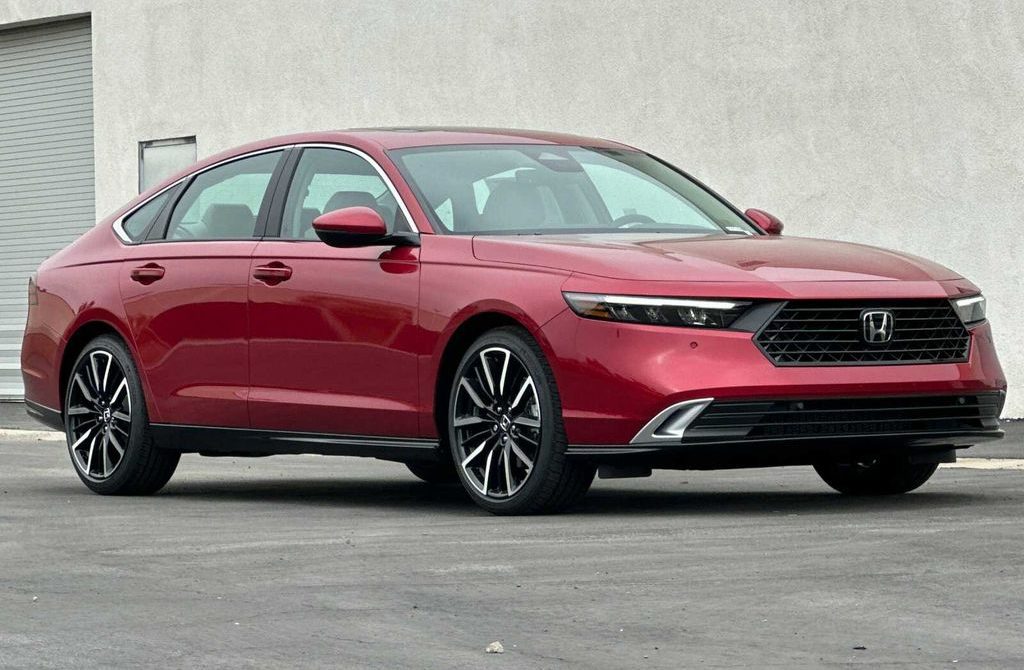
2. Honda Accord Hybrid
The Honda Accord Hybrid blends spacious comfort with smart hybrid technology, and what sets it apart is the car’s ability to become more efficient with prolonged use. Unlike traditional hybrids, the Accord uses Honda’s two-motor hybrid system—one motor acts as a generator, the other as a drive motor—eliminating the need for a traditional transmission during most low- and mid-speed driving.
This e-CVT system results in fewer mechanical losses and an engine that often operates more like a generator than a typical powertrain. During the first few thousand miles, the vehicle’s intelligent energy management system studies driving patterns and begins tailoring power delivery to match the owner’s habits. With time and regular driving, this adaptive logic enhances the efficiency of power transitions, especially in city traffic where hybrid systems are most active.
Another significant factor in the Accord Hybrid’s long-term fuel efficiency gains is the engine break-in process. Honda’s Atkinson-cycle engine is designed to maximize thermal efficiency but requires several thousand miles to reach its optimal mechanical state.
During break-in, piston rings seat more completely, internal friction is reduced, and lubricants coat internal surfaces more evenly. These small mechanical shifts can have measurable impacts on how efficiently the engine operates, especially when transitioning between gas and electric power.
Additionally, Honda’s battery chemistry stabilizes over time, especially after going through hundreds of charge-discharge cycles. Once the battery management system is finely tuned to real-world usage, it can prioritize electric-only driving more aggressively, leading to sustained MPG increases even after several years.
Software updates and service recalibrations further contribute to the Accord Hybrid’s evolving performance. Honda periodically issues updates to the hybrid system’s ECU that improve powertrain logic, refine regenerative braking, and optimize start-stop behavior. These enhancements, while often minor on their own, can collectively lead to better fuel economy, particularly for urban drivers.
In some documented cases, owners of mid-2010s Accord Hybrids reported improved MPG after software updates that recalibrated how aggressively the car used its electric motor under light load conditions. As hybrid technology becomes increasingly digital, the long-term adaptability of a vehicle’s software plays a crucial role in MPG evolution—a category where the Accord Hybrid excels.
Driver adaptation is equally vital. Unlike pure gasoline vehicles, hybrids reward a measured, anticipatory driving style. Many Accord Hybrid owners report that they didn’t start achieving impressive MPG until months into ownership, after they became more familiar with the car’s behavioral cues—such as how to lift off the throttle to encourage EV mode or how to brake gradually to maximize regenerative efficiency.
This gradual shift toward mindful, hybrid-optimized driving can result in significant real-world MPG gains, especially for those who commute in stop-and-go traffic or suburban environments. Over time, the Accord Hybrid evolves from a promising hybrid sedan into a remarkably efficient long-haul commuter, capable of outperforming its EPA rating under the right conditions.
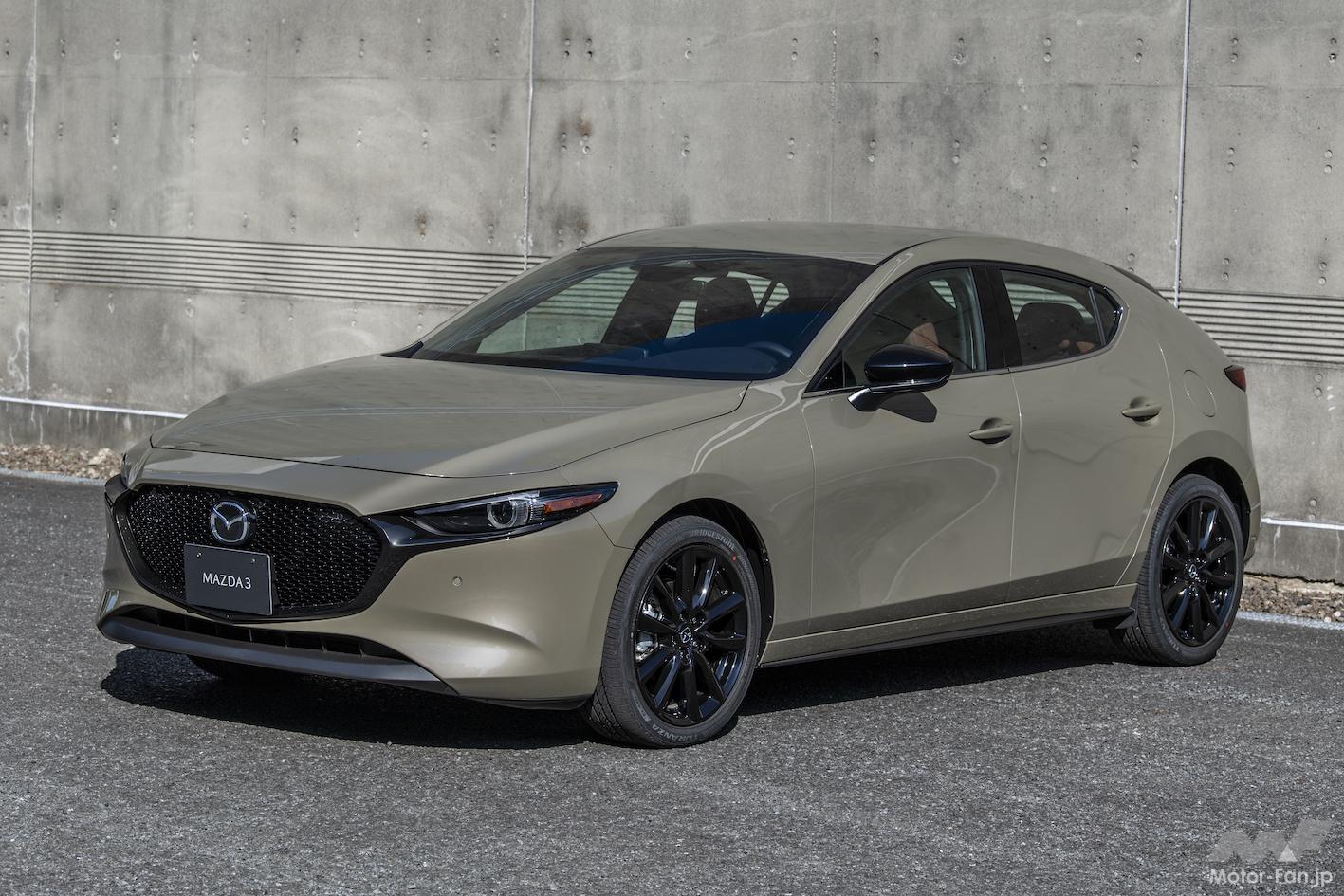
3. Mazda3 SkyActiv
The Mazda3 is not a hybrid, yet it consistently earns praise for its ability to improve fuel economy over time—a testament to Mazda’s commitment to mechanical purity and precision engineering. Central to this is the SkyActiv-G engine, which utilizes an unusually high compression ratio (often around 13:1 or 14:1, depending on market regulations) to burn fuel more efficiently.
These engines are meticulously machined to fine tolerances, and they require a break-in period of several thousand miles before reaching optimal combustion efficiency. As the engine parts settle, valves seat more firmly, piston rings seal better, and friction between moving parts decreases—fuel combustion becomes cleaner and more efficient. Many Mazda3 owners report a steady improvement in MPG in the first 10,000 to 15,000 miles, especially with synthetic oil usage and regular maintenance.
In addition to its engine, the Mazda3 features a class-leading 6-speed automatic or manual transmission, both of which are praised for their mechanical harmony with the engine. The automatic transmission is not a CVT, but a traditional torque-converter unit tuned for fuel efficiency.
With continued use, transmission shifts become smoother and more intuitive, particularly after the system learns driver habits. Reduced shift harshness means fewer RPM spikes and better engine load management, both of which support improved MPG. Manual versions also see fuel economy gains as drivers become more adept at operating within the engine’s efficient RPM range. Over time, both transmission options reward consistent, conscientious driving with better-than-average fuel economy.
Mazda also integrates lightweight body structures and aerodynamic efficiencies into the Mazda3 that support long-term MPG gains. As tires break in and rolling resistance decreases, combined with smoother engine operation and refined shifting behavior, the car operates closer to its theoretical efficiency ceiling.
Further supporting this are periodic ECU updates available at dealerships that optimize throttle response and air-fuel mixture, especially for newer SkyActiv variants with direct injection.
While these updates are subtle, they reflect Mazda’s attention to incremental efficiency improvements, even post-purchase. A well-maintained Mazda3, especially one operated with premium fuel and on balanced tires, often ends up outperforming its EPA-rated MPG by its second or third year.
What sets the Mazda3 apart from many compact cars is the level of driver engagement it encourages. Unlike many economy-focused vehicles, the Mazda3 feels sporty, tight, and responsive—qualities that lead drivers to adopt a smoother, more connected driving style.
This not only makes the car more enjoyable but also more efficient, especially when drivers begin to anticipate shifts, modulate throttle inputs, and coast naturally. These behavioral adaptations, paired with the car’s natural break-in processes, form a compound benefit that improves real-world MPG over the long haul.
For a non-hybrid vehicle, the Mazda3 stands as a rare example of how mechanical precision, thoughtful engineering, and driver experience can converge to create better fuel efficiency with age.
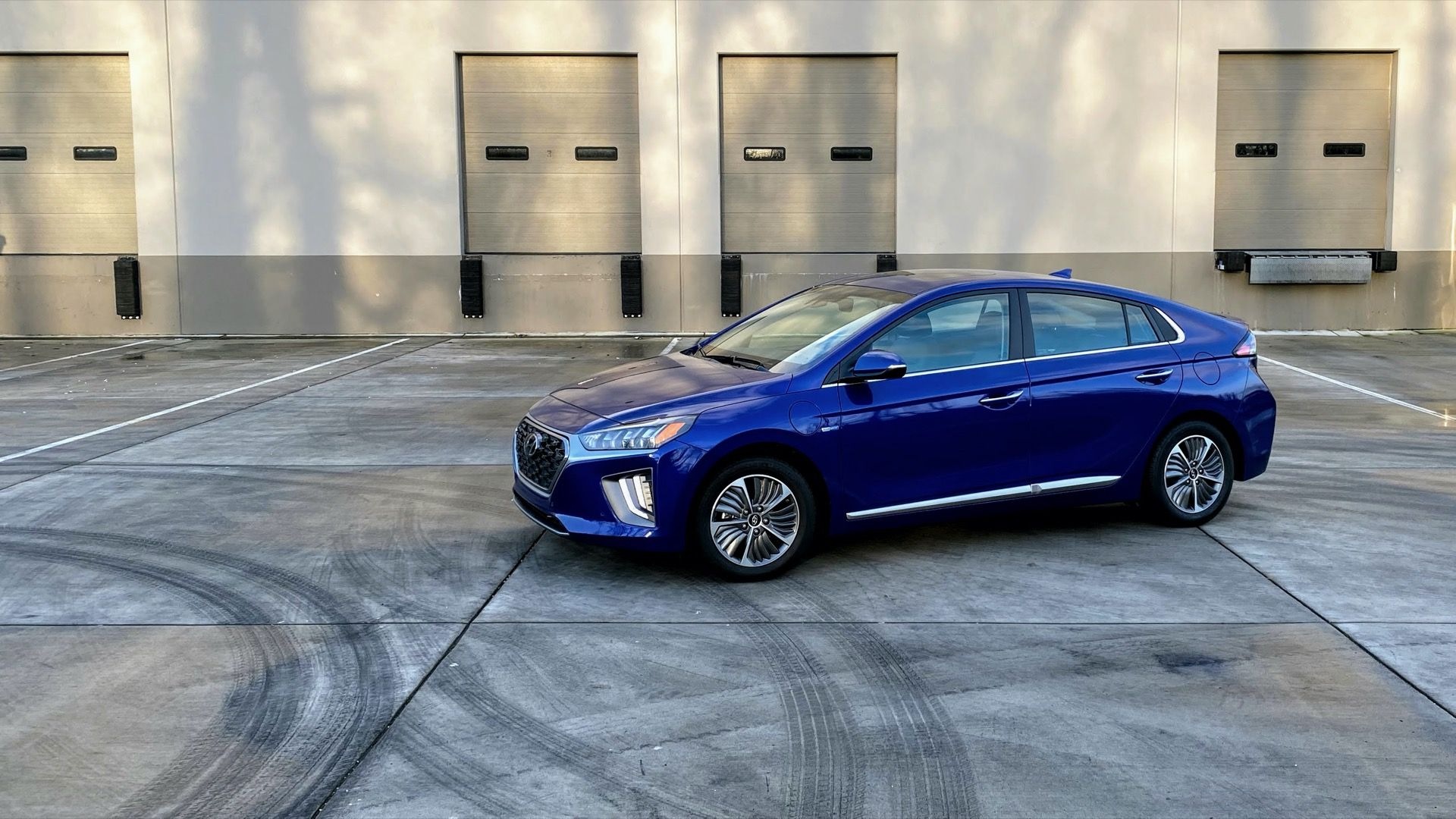
4. Hyundai Ioniq Hybrid
The Hyundai Ioniq Hybrid made headlines as one of the most fuel-efficient cars in North America upon its debut, but what many didn’t expect is how it continues to improve its MPG even after years of use. Its impressive efficiency is due in large part to its lightweight structure, aerodynamic design, and efficient use of hybrid components.
Over time, the dual-motor system—consisting of a 1.6-liter Atkinson-cycle engine and a permanent magnet electric motor—goes through software-based and mechanical calibration that fine-tunes energy distribution. The Ioniq’s transmission system, a dual-clutch automatic, becomes more refined with mileage, ironing out the early clunkiness that some drivers notice in new models.
This improved gear engagement directly enhances fuel efficiency, particularly during city driving, where frequent stops and starts would otherwise tax the system.
Battery performance is another area where the Ioniq matures gracefully. Unlike plug-in hybrids that rely heavily on external charging, the Ioniq’s small lithium-polymer battery charges through regenerative braking and surplus engine power. The battery’s ability to hold and deliver charge improves slightly as it completes hundreds of charging cycles and learns how the vehicle is driven.
Hyundai’s hybrid control system adjusts its aggressiveness in deploying electric power based on this learning, enabling more time in EV-only mode. This process leads to gradually better MPG, especially in traffic-heavy environments where electric driving is more prevalent. While most batteries degrade over time, Hyundai’s thermal and charge management systems help maintain stability and efficiency beyond the 50,000-mile mark.
What further sets the Ioniq apart is Hyundai’s continued software support. Through periodic service updates or even over-the-air tweaks in newer models, the hybrid control system evolves. These updates have been known to increase the thresholds for when the engine shuts off, improve regenerative braking behavior, and adjust how the car transitions between electric and gasoline modes.
For drivers who keep up with regular dealer visits, these updates can enhance real-world MPG noticeably, sometimes resulting in MPG that surpasses the original EPA estimates. Hyundai engineers are keenly aware of how users interact with the hybrid system and often incorporate customer usage data into control algorithm improvements, benefiting long-term owners.
Hyundai also does a great job educating users on how to maximize the hybrid system. The Ioniq features digital efficiency coaching, gamified MPG tracking, and driving tips built into the infotainment system. This encourages drivers to adopt fuel-saving habits early and continue refining them.
Many long-term Ioniq owners report that their best MPG numbers don’t come in the first year but in the second or third, as they become more aware of how to coast efficiently, avoid unnecessary idling, and time their braking to maximize energy recovery. Combined with Hyundai’s robust hybrid warranty and durable build quality, the Ioniq Hybrid offers a rare promise in the auto world: a car that not only stays efficient but becomes more efficient the longer you drive it.
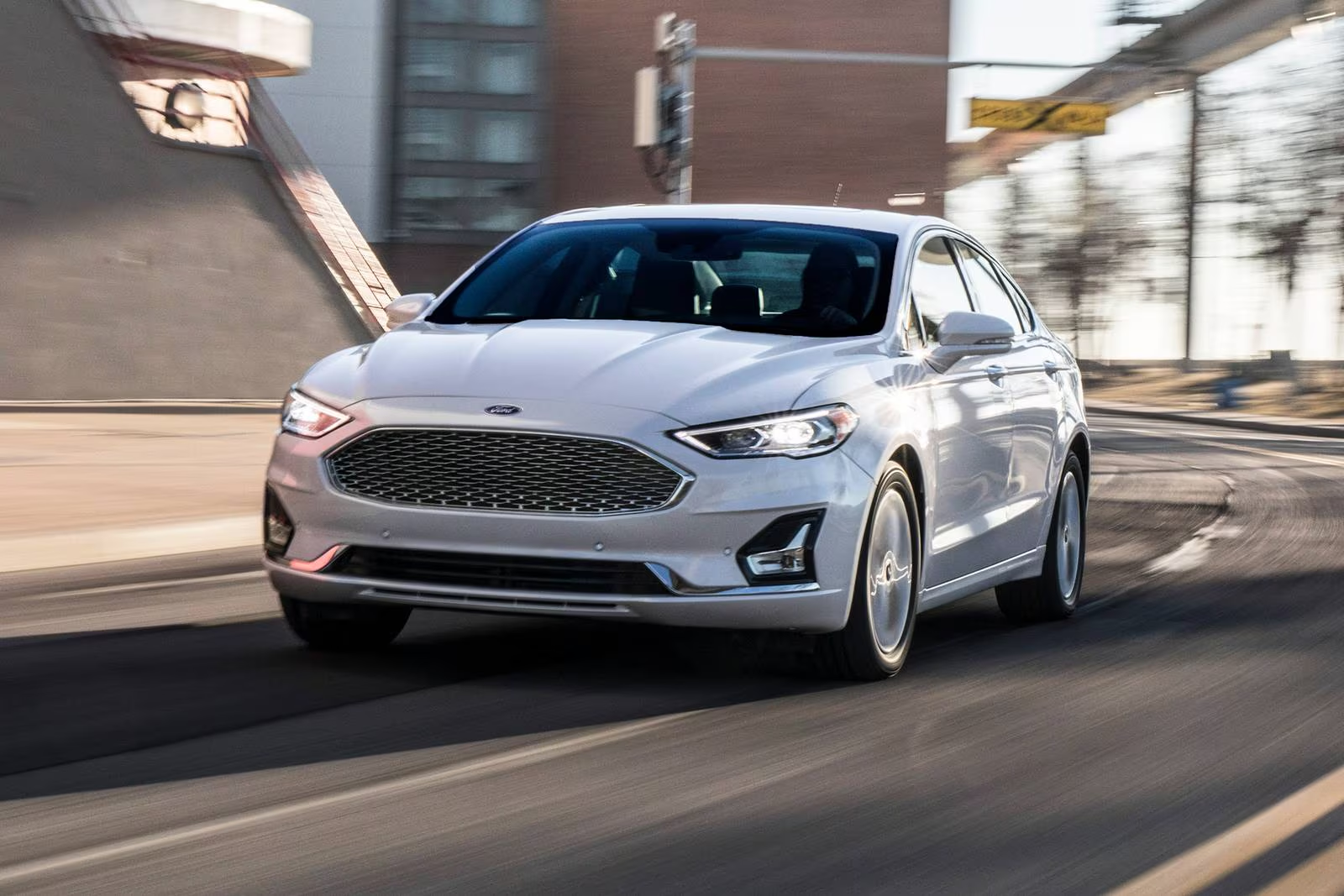
5. Ford Fusion Hybrid (2013–2020)
The Ford Fusion Hybrid, particularly from model years 2013 to 2020, stands as a testament to how a traditional midsize sedan can offer long-term efficiency gains through intelligent design and system optimization.
Initially marketed as a direct competitor to the Toyota Camry Hybrid and Honda Accord Hybrid, the Fusion Hybrid employs a 2.0-liter Atkinson-cycle gasoline engine paired with an electric motor and a lithium-ion battery.
While its EPA-rated fuel economy is solid out of the gate (averaging 42–43 MPG combined depending on the model year), many long-term owners report that fuel efficiency steadily improves after the first 10,000 to 20,000 miles. This improvement is primarily due to the break-in period, where internal engine components reach optimal friction tolerances, and the hybrid control software adapts more precisely to the driver’s habits and regional climate conditions.
One of the standout features of the Fusion Hybrid is its electronic continuously variable transmission (eCVT). This system, unlike conventional gearboxes, allows the vehicle to keep the engine in its most efficient power band by infinitely adjusting gear ratios.
Over time, the transmission’s behavior becomes more refined, particularly after receiving software updates from Ford during routine service appointments. These updates recalibrate how the car switches between electric-only mode and gasoline power, often resulting in smoother, more frequent transitions that favor electricity during low-load conditions like city driving or highway cruising with little elevation change.
The battery management system also becomes more accurate with age, extending electric drive intervals in light traffic or stop-and-go situations, where hybrids can outperform gas-only competitors.
The Fusion Hybrid benefits from a large and active owner base that has extensively shared driving techniques to maximize MPG. As drivers become more attuned to the vehicle’s energy display and regenerative braking feel, they tend to adapt their habits—braking earlier, accelerating more gradually, and coasting at optimal speeds.
These behavior shifts, though small in isolation, add up to significant gains over time. Many experienced owners regularly exceed the EPA rating by 5–7 MPG, especially during temperate months.
Additionally, the Fusion’s regenerative braking system becomes smoother and more effective over time, helping recover more energy back to the battery with each cycle and reducing fuel reliance even further.
Finally, the Fusion Hybrid stands out for its reliability and low degradation over the years. Ford’s hybrid batteries have proven to hold up remarkably well, especially under normal driving conditions and with minimal maintenance. Reports of battery capacity loss or system faults are rare compared to some early hybrids from other manufacturers.
Ford also engineered the Fusion Hybrid with longevity in mind, including robust cooling systems for both the battery and engine, which help maintain performance over tens of thousands of miles. Combined with its quiet ride, spacious cabin, and advanced driver-assist features, the Fusion Hybrid is not only a comfortable long-term commuter but also a vehicle that truly rewards patience and proper maintenance with steadily increasing fuel efficiency as it ages.
5 Car Models That Decline in MPG Over Time
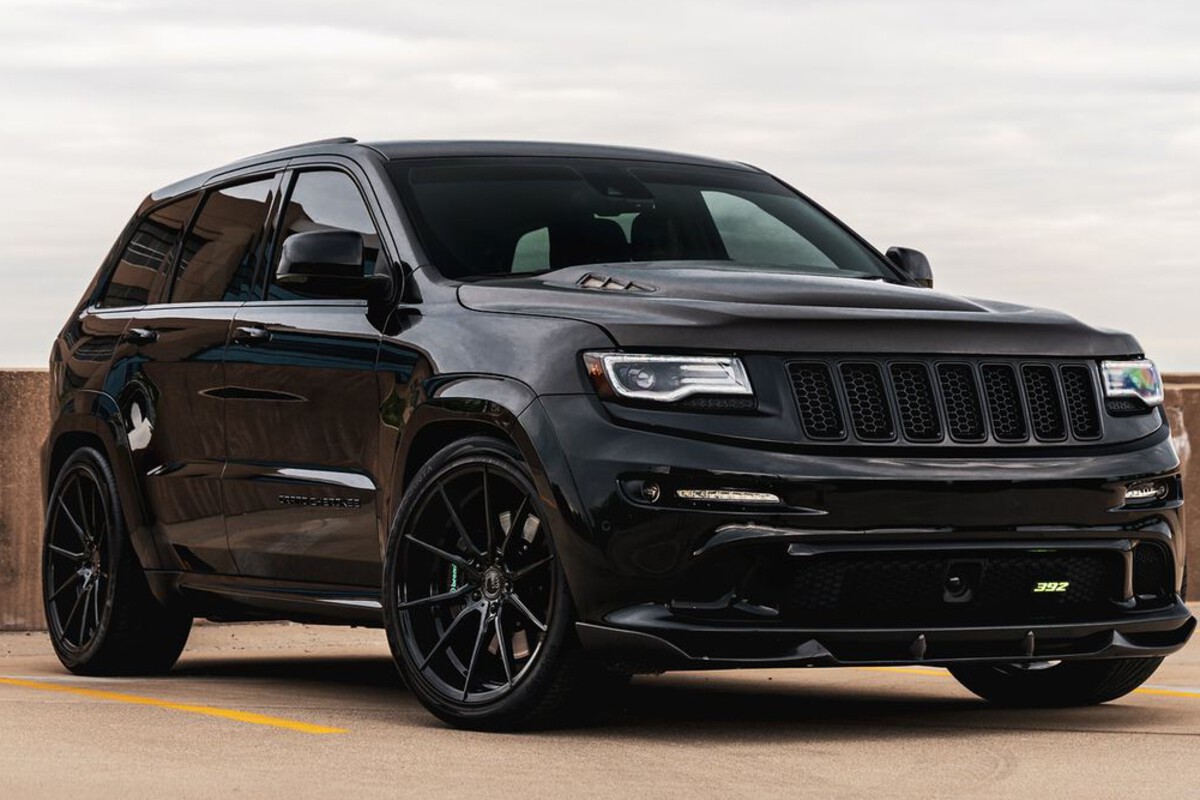
1. Jeep Grand Cherokee (Gasoline Versions)
The Jeep Grand Cherokee has long been celebrated for its rugged appeal, off-road capability, and premium interior. However, when it comes to long-term fuel efficiency, particularly in its gasoline-powered variants, the vehicle exhibits a noticeable decline over time.
Many owners begin their experience with MPG figures close to EPA estimates—ranging from 18 to 26 MPG depending on the engine option. Yet, as the miles accumulate, these numbers tend to dip significantly, sometimes by 3–5 MPG within the first 50,000 miles.
One of the key reasons lies in the Grand Cherokee’s weight and drivetrain layout. Most trims include full-time or part-time 4WD systems, which increase drivetrain drag, particularly as the transfer case and differential systems wear, accumulate sludge, or fall out of calibration.
Another major contributor to declining fuel economy in the Grand Cherokee is its engine aging process. Whether you’re driving a V6 or one of the larger V8 HEMI options, these powerplants aren’t tuned primarily for efficiency—they’re designed for power and towing capacity.
Over time, as combustion chamber carbon buildup accumulates and the throttle body dirties, efficiency drops. The loss of throttle responsiveness encourages more aggressive acceleration to compensate, leading to further MPG losses.
In higher-mileage models, worn spark plugs, dirty fuel injectors, and aging oxygen sensors can throw off the air-fuel mixture, resulting in unburned fuel, increased emissions, and reduced miles per gallon.
While these issues are largely preventable through meticulous maintenance, few owners consistently address them in non-performance vehicles like the Grand Cherokee.
The vehicle’s aging software and lack of regular updates also play a role. Jeep’s Uconnect system does not frequently issue powertrain software patches aimed at improving efficiency, especially for older models. As a result, there’s no mid-life optimization that can address fuel consumption inefficiencies the way Toyota or Hyundai might manage in their hybrid systems.
Additionally, Grand Cherokees often receive aftermarket modifications—larger tires, lift kits, roof racks, and heavier wheels—all of which severely impact aerodynamics and rolling resistance. These common alterations, coupled with the SUV’s high curb weight and brick-like profile, turn what may have once been passable highway mileage into a thirsty, high-consumption experience after just a few years of use.
Finally, owner driving behavior contributes heavily to long-term MPG decline in the Grand Cherokee. Given its SUV status and higher power output, drivers are often tempted to accelerate harder, tow more, or take on off-road challenges. While this speaks to the vehicle’s versatility, it comes at a significant efficiency cost.
Moreover, as the vehicle ages and suspension components wear, the ride becomes less smooth, prompting the engine to work harder to maintain speed on degraded surfaces. Older tires with uneven tread or poor alignment exacerbate rolling resistance. All these factors compound the MPG decline, making the Grand Cherokee a clear example of a vehicle that ages into lower efficiency, even when well maintained.

2. BMW 5 Series (Turbocharged Gasoline Models)
The BMW 5 Series has long been a hallmark of luxury and performance, offering a balance between sportiness and comfort. However, the fuel efficiency of its turbocharged gasoline engines, particularly in models such as the 528i and 530i, tends to degrade as the years and miles stack up.
While these engines are engineering marvels when new—featuring high-pressure direct injection, variable valve timing, and turbocharging for improved low-end torque—they are also highly sensitive to wear and maintenance inconsistency. Over time, the precise tolerances that made the engines efficient begin to deteriorate.
Carbon buildup in the intake valves (common in direct-injection engines) reduces airflow and disrupts the air-fuel mixture, leading to incomplete combustion and, ultimately, lower MPG. BMW recommends walnut blasting to clean intake valves, but many owners skip or delay this service due to cost.
Moreover, the turbocharger systems in these engines can also suffer degradation, especially in vehicles that are driven hard or not properly cooled after high RPM use. Turbo wear leads to lag, loss of boost efficiency, and increased oil consumption—each of which forces the engine to work harder and burn more fuel to achieve the same performance.
Another contributor is the gradual degradation of sensors that feed real-time data to the engine control unit. Faulty MAF (mass air flow) or O2 sensors may not trigger a check engine light immediately but can skew fuel trims subtly enough to affect MPG long before a formal diagnosis is made. Since the 5 Series is typically driven in a performance-oriented manner, small inefficiencies tend to escalate over time, often going unnoticed until fuel consumption has significantly worsened.
The complexity of BMW’s adaptive driving modes—Eco Pro, Comfort, and Sport—also plays a subtle role in MPG decline. These modes are controlled by software that learns driver habits and throttle behavior. While initially this system can optimize fuel use, over time, especially in urban environments with unpredictable traffic and aggressive driving, the software may default to less efficient patterns.
Additionally, older transmission programming may fail to adapt as effectively, resulting in higher revving in lower gears and less optimal shift timing. Unlike some Japanese automakers who issue frequent software recalibrations to improve MPG and drivability, BMW tends to reserve such updates for service campaigns or specific issues, not for general fuel efficiency improvements.
Lastly, the 5 Series’ luxurious but heavy design also means it puts increasing strain on aging components. Suspension wear, tire degradation, and increased drivetrain resistance due to friction all lead to higher energy demands on the engine. Add in features like large alloy wheels, heavy interior insulation, and advanced climate control systems, and the toll on fuel economy becomes more apparent as the vehicle ages.
While the BMW 5 Series remains a brilliant performer throughout its life, its MPG capabilities decline more noticeably than many mainstream sedans. Drivers looking to keep fuel consumption stable must invest heavily in maintenance, sensor checks, and proper driving techniques—something not all owners prioritize in a luxury car.
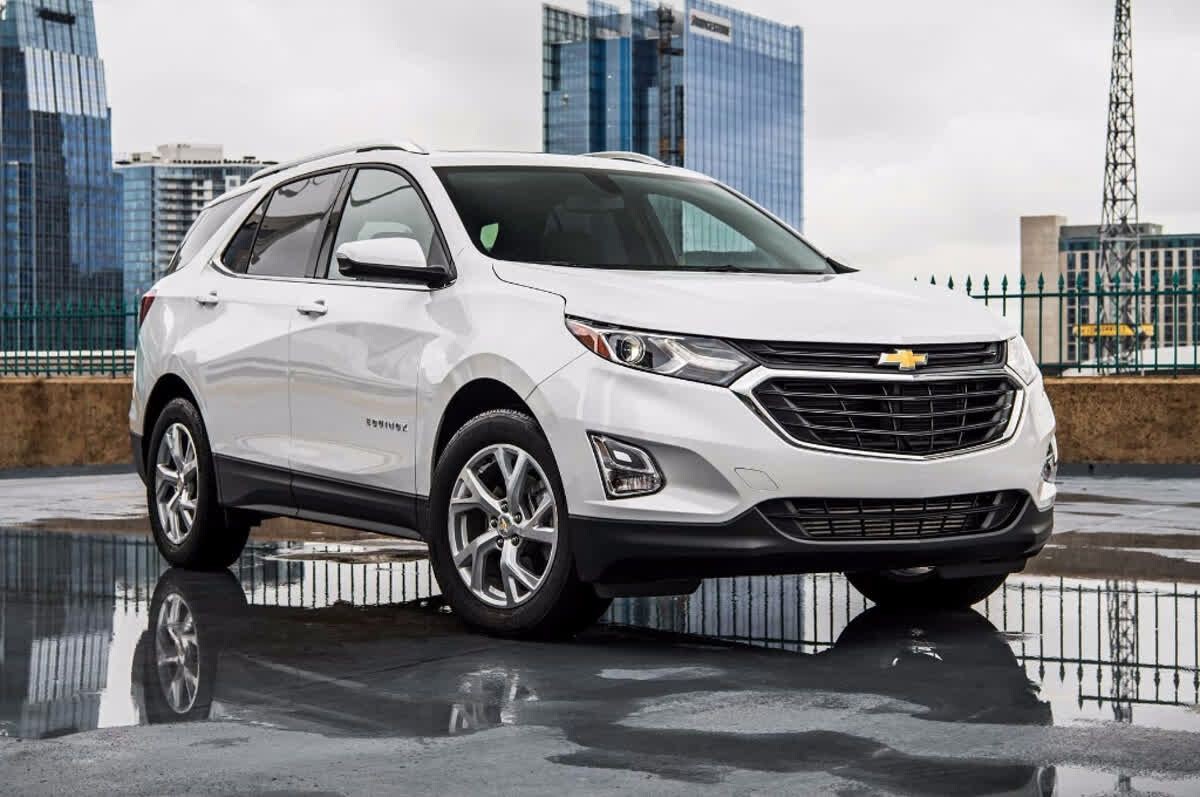
3. Chevrolet Equinox (Older 2.4L Models)
The Chevrolet Equinox, especially those equipped with the 2.4L four-cylinder engine from the 2010–2017 range, has developed a reputation for declining fuel efficiency over time. Initially positioned as an economical crossover, many buyers were attracted to its affordable price and respectable MPG ratings.
However, as the vehicle ages, a common pattern emerges: real-world fuel economy drops significantly, often below 20 MPG in city driving and struggling to reach original highway figures. A central cause of this MPG decline is the underpowered nature of the 2.4L engine relative to the size and weight of the vehicle.
The engine often operates under strain, especially with passengers or cargo, leading to higher fuel consumption. This is exacerbated as engine components wear and internal resistance increases, reducing combustion efficiency.
One of the most well-documented issues with the Equinox 2.4L engine is excessive oil consumption. Many owners report having to top off oil between changes as early as 50,000 miles, and GM even issued technical service bulletins to address the issue. As oil levels drop or degrade, engine efficiency suffers.
Low oil levels can increase internal friction and raise operating temperatures, forcing the ECU to enrich the air-fuel mixture to protect the engine. This not only affects longevity but has a direct impact on MPG. Furthermore, as the catalytic converter and oxygen sensors respond to unburned hydrocarbons caused by poor combustion, fuel trimming becomes increasingly conservative, further degrading efficiency.
Transmission behavior also contributes to long-term fuel efficiency loss in the Equinox. The 6-speed automatic used in many models is not known for longevity or smoothness. As fluid breaks down or internal wear sets in, gear changes become harsher or less precisely timed, often causing the engine to operate at less efficient RPMs.
A poorly timed downshift, for example, can lead to sudden revving and fuel dumps that were not present in the vehicle’s early life. If the transmission control module begins to adapt to degraded performance, it may default to more aggressive shifting patterns to compensate, thereby increasing fuel consumption, especially in city driving.
Another factor is the general aging of components in a vehicle that wasn’t necessarily engineered for the long haul. Wheel bearings, suspension bushings, and engine mounts wear out, subtly increasing rolling resistance and reducing aerodynamic stability.
Combined with less-than-optimal tire pressure, aging shocks, and a heavy reliance on climate control systems (particularly in regions with harsh winters or summers), the Equinox becomes less efficient in subtle, cumulative ways. While the vehicle remains serviceable, its fuel economy profile steadily worsens without costly repairs and vigilant upkeep, making it a prime example of a car that deteriorates in MPG performance as it ages.
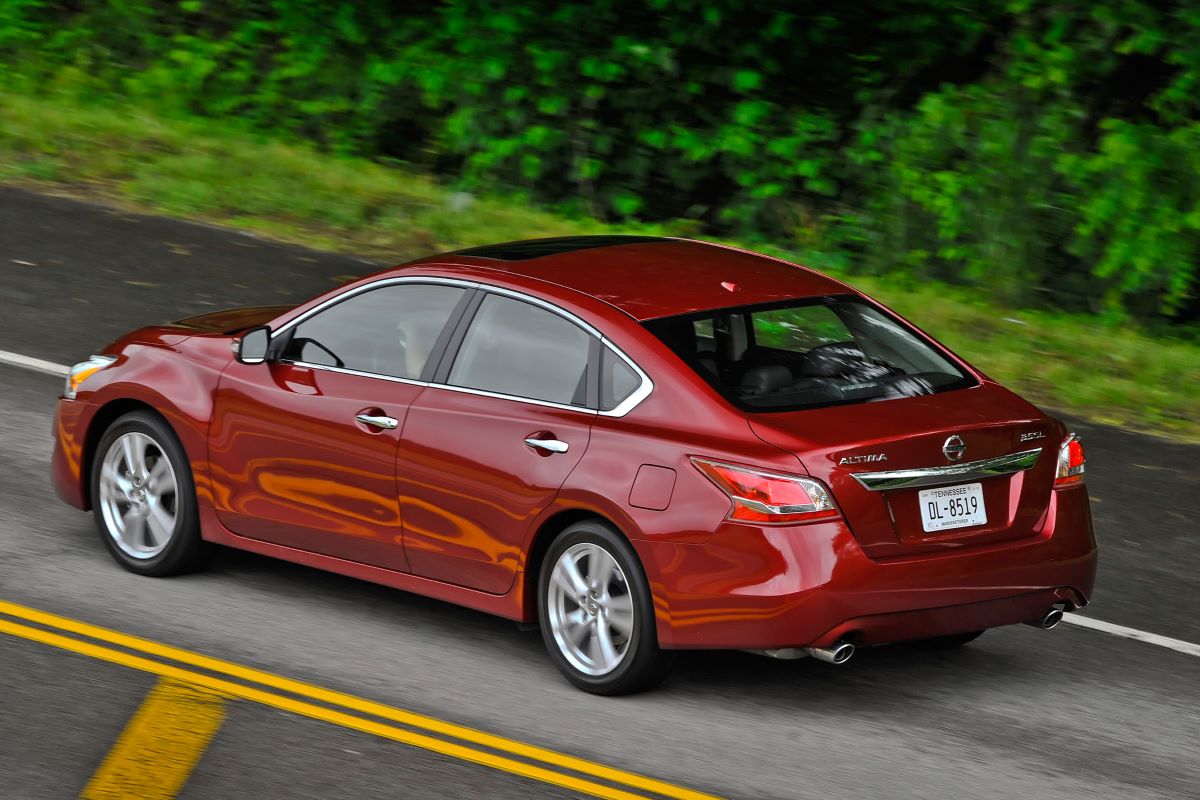
4. Nissan Altima (CVT Models, Especially 2013–2018)
The Nissan Altima has long been positioned as a fuel-efficient midsize sedan, and while that claim holds true when the vehicle is new, long-term ownership tells a more complex story. One of the biggest reasons for MPG decline in Altimas—especially those produced between 2013 and 2018—is the CVT (continuously variable transmission).
Nissan’s Xtronic CVTs were introduced to maximize efficiency by keeping the engine in its optimal power band, but as these transmissions age, they often begin to behave less efficiently. Symptoms include delayed throttle response, increased RPMs at steady speeds, and even “hunting” behavior where the transmission struggles to find the right ratio. This inefficiency translates directly into reduced MPG, particularly in city driving or during acceleration.
Additionally, many Altima owners report issues with the CVT heating up and going into a “limp mode” to protect itself, which limits performance and forces the engine to run less efficiently. This is particularly common in hot climates or hilly terrain, where the CVT is under constant load.
While the vehicle’s engine—a 2.5L inline-4—is robust, it begins to lose efficiency when paired with a CVT that no longer functions smoothly. Over time, this mismatch causes the engine to work harder during gear transitions, leading to higher fuel consumption. And because many drivers don’t realize their CVT is underperforming until it worsens significantly, MPG tends to drop long before a mechanical diagnosis is made.
Carbon buildup in the intake system and aging sensors such as the throttle position sensor and O2 sensors also contribute to a long-term MPG slump. As these components lose calibration or become clogged, the ECU adjusts fuel delivery in an increasingly conservative way, using more fuel to avoid misfires or rough idling.
Owners who skip periodic fuel system cleaning or fail to replace key sensors may see their MPG numbers drop by 10–15% over several years. Compounding this, older Altimas tend to suffer from deferred maintenance, with aging spark plugs, dirty air filters, and worn tires—all of which further degrade fuel efficiency in a car that started its life as a fuel-sipper.
Finally, the Altima is often used as a commuter or rideshare vehicle, meaning many are high-mileage cars subject to stop-and-go traffic, hard acceleration, and inconsistent maintenance. These driving patterns do not favor long-term MPG retention. The car’s once-respected fuel economy figures can erode quickly under real-world strain, especially if the CVT goes unchecked.
While newer models with revised transmissions may fare better, the 2013–2018 generation of Altima CVT-equipped cars has earned a reputation for MPG decline that reflects both mechanical wear and software aging, making them a cautionary tale for prospective long-term owners.
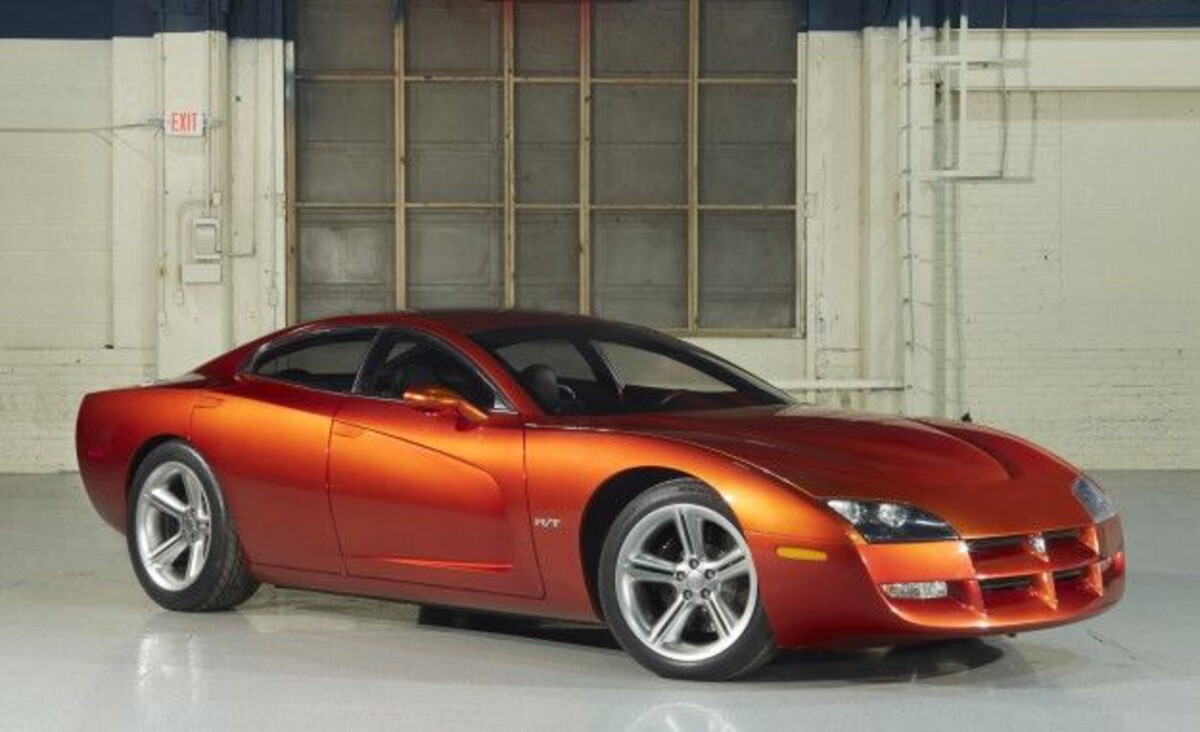
5. Dodge Charger (V6 and V8 Gasoline Models)
The Dodge Charger is a bold, muscular full-size sedan that has carved out a niche for itself with its aggressive styling and powerful engine choices. From the 3.6L Pentastar V6 to the thunderous 5.7L and 6.4L HEMI V8s, the Charger appeals to those who want presence and performance.
However, with this power and mass comes a price—one that is paid at the gas pump over time. Even when new, the Charger’s MPG figures are average at best for its class. But as the car ages, fuel economy often begins to decline at a rate that surprises many owners. The reasons for this drop-off are multifaceted, involving not just the engine and transmission, but also the driver’s relationship with the car’s capabilities.
At the heart of the Charger’s MPG decline is its engine design philosophy. Dodge prioritizes torque and performance over efficiency, and while the 3.6L V6 does reasonably well in early ownership, it is still tasked with moving a heavy platform, especially in AWD trims.
Over time, engine components such as piston rings, valve seals, and cam phasers begin to wear, increasing internal friction and decreasing combustion efficiency. The larger HEMI V8 engines exacerbate the problem; though they feature cylinder deactivation (MDS) technology to improve highway fuel economy, this system becomes less effective as lifters wear or oil passages clog with age. In fact, many HEMI owners disable MDS entirely due to annoying vibrations or reliability concerns, which directly reduces MPG in long-term driving.
Another contributing factor is the aging of the 8-speed automatic transmission found in most Chargers. While the ZF 8HP is a technically excellent unit when well-maintained, it is sensitive to fluid degradation and thermal cycling. As the transmission fluid ages and thickens—or worse, if it’s never changed—gear shifts become sluggish and less precise. This not only affects performance but fuel economy as well.
A delay in shifting or a tendency to hold gears longer than needed forces the engine to work harder and burn more fuel. Combined with drivetrain losses from aging differentials and wheel bearings, the vehicle’s ability to operate in its optimal power band diminishes steadily.
Driving behavior also plays a significant role in the Charger’s fuel economy degradation. Many Charger owners are enthusiastic drivers—often taking full advantage of the car’s straight-line speed and acceleration. Over time, these habits create a feedback loop where the vehicle is rarely driven in a way that prioritizes efficiency.
Rapid acceleration, excessive idling, and inconsistent maintenance schedules (such as infrequent spark plug changes or neglected air filter replacements) can shave several MPG off the Charger’s long-term averages. Add to this the fact that Chargers often see aftermarket modifications—larger wheels, sport exhausts, performance tunes—all of which can increase fuel demand and reduce the precision of factory-calibrated fuel maps.
Lastly, the Charger’s sheer size and weight compound all other factors. As suspension components wear and ride height subtly shifts, aerodynamic drag increases and tires wear unevenly, further impacting rolling resistance. The heating and cooling systems—especially the dual-zone automatic climate control—also become less efficient with age, drawing more energy from the engine via the accessory drive.
For a car that started with only modest efficiency credentials, these compounding effects over 5–10 years of ownership can result in real-world MPG numbers that fall well below EPA estimates. A V6 Charger that once averaged 27 MPG highway may drop to 21–23 MPG over time, while V8 models often struggle to exceed 15 MPG in mixed driving as they age.
For drivers who want long-term economy, the Charger demands a careful balance between enjoying its performance and committing to meticulous upkeep—something that is not always achieved in practice.
ALSO READ: 5 Pickups With the Best Factory Running Boards and 5 Needing Aftermarket
When it comes to long-term car ownership, fuel efficiency is not a “set it and forget it” feature. It evolves—sometimes improving with familiarity and mechanical maturity, and sometimes declining under the weight of aging components and mismatched technology.
As we’ve explored in this article, not all MPG journeys are the same. Some vehicles, like the Toyota Prius or Hyundai Ioniq, showcase the power of well-integrated hybrid systems that learn and adapt, gradually boosting efficiency as the car settles into its long-term rhythm. Others, like the Dodge Charger or Nissan Altima, reveal how certain technologies—especially when paired with performance demands or inconsistent upkeep—can see their MPG degrade steadily over time.
This divide underscores an important truth in the automotive world: efficiency is a living quality, not a fixed statistic. A car’s real-world MPG can rise or fall depending on how it is engineered, how it’s driven, and how it ages. Hybrid and eco-focused vehicles often improve due to battery optimization, software recalibration, and driver behavior adjustments.
Their systems are inherently dynamic, learning how to better manage energy based on years of accumulated driving data. Even traditionally gas-powered models like the Mazda3 SkyActiv can defy expectations, improving fuel economy over time thanks to tight mechanical tolerances and high-compression engine designs that require a break-in period to fully realize their efficiency potential.
On the other hand, the decline in MPG seen in some models is rarely due to one single issue—it’s almost always the result of compounding factors. An aging CVT that doesn’t shift as smoothly, carbon deposits that hinder airflow, worn-out spark plugs, or even something as simple as low tire pressure can collectively drain efficiency.
The BMW 5 Series, for instance, starts strong but suffers from performance-oriented design choices that aren’t always sustainable for everyday driving over the long term. Vehicles like the Jeep Grand Cherokee, built for versatility and capability rather than fuel economy, gradually lose efficiency as their complex drivetrains and weight take their toll on mechanical components.
Understanding these trends is not just useful for choosing the right car—it’s essential for managing expectations and budgeting for the future. A vehicle that improves MPG over time rewards the owner’s patience and care, offering lower operating costs and often longer service life.
Meanwhile, a vehicle that declines in efficiency may incur hidden costs beyond fuel, including increased maintenance and potential component failures. In this way, MPG becomes a kind of early warning system, a barometer for how well a car is aging and how well it’s being supported by both its design and its driver.
For consumers, the takeaway is simple: do your homework and think long-term. Don’t be fooled by flashy MPG numbers that only tell half the story. Ask yourself how the vehicle’s design, technology, and maintenance profile will play out over five or ten years. Will it adapt and get better, or slowly lose efficiency due to wear and aging tech? If you plan to own a car for the long haul, this insight can make a significant difference in your overall satisfaction, your wallet, and your environmental impact.
Ultimately, the story of fuel economy isn’t written at the dealership—it’s written over tens of thousands of miles. And that story, as we’ve shown, depends as much on the vehicle’s DNA as it does on how you drive and maintain it. Whether you’re behind the wheel of a fuel-sipping hybrid or a muscular sport sedan, knowing which path your MPG is likely to take can help you steer toward a smarter, more efficient future.
